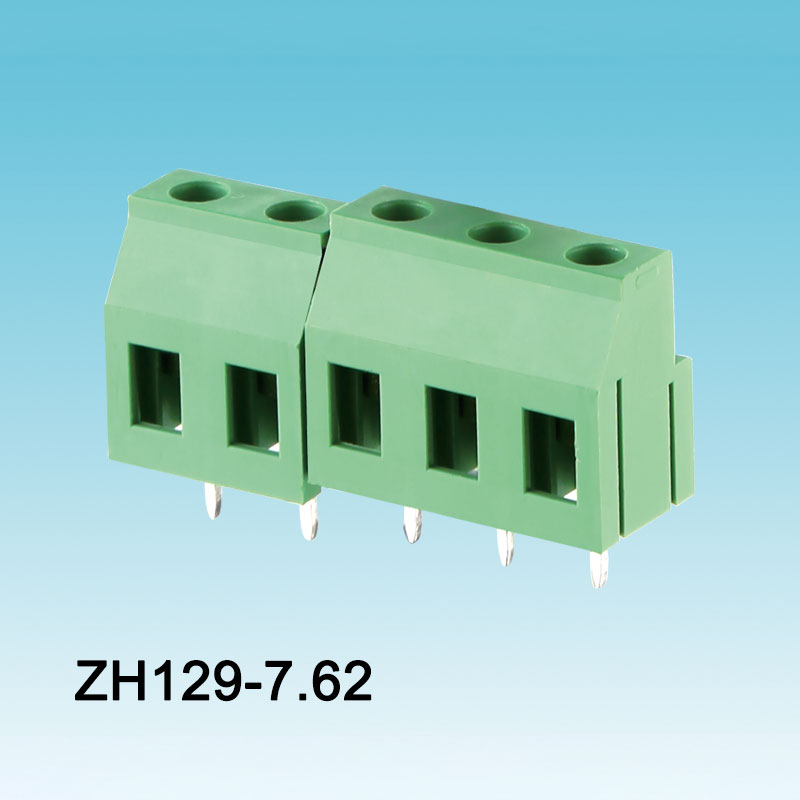Understanding Screw PCB Terminal Blocks: A Simple Connection Solution for Electronics
2025-04-10
In the world of electronics and circuit design, connecting components safely and efficiently is crucial. One essential tool that plays a key role in this process is the screw PCB terminal block. While it may seem like a small and simple part, it has a big impact on the performance, safety, and reliability of electronic devices and systems.
What is a Screw PCB Terminal Block?
A screw PCB terminal block is a connector that allows wires to be securely attached to a printed circuit board (PCB) using screws. It typically consists of a plastic housing, metal contacts, and small screws that clamp down on the wire. These terminal blocks provide a strong mechanical and electrical connection, making them ideal for both industrial and consumer electronics.
How It Works
The function is straightforward. The terminal block is soldered onto the PCB, and wires are inserted into the openings. When the screw is tightened, it clamps down on the wire, holding it in place and creating a secure electrical connection. This setup allows for easy installation, removal, and replacement of wires without damaging the board or needing soldering tools.
Advantages of Screw PCB Terminal Blocks
One of the biggest benefits of using screw terminal blocks is ease of use. They require only a screwdriver to operate, which makes them convenient for both professionals and hobbyists. Their design allows for quick wire changes, ideal for situations where frequent maintenance or adjustments are needed.
Another key advantage is secure and stable connections. The screw mechanism ensures that wires do not come loose due to vibration or movement, which is especially important in industrial or automotive environments. This reduces the risk of electrical failure and improves long-term reliability.
Screw terminal blocks also offer flexibility. They come in various sizes, pin configurations, and spacing options, making them suitable for many different applications — from control panels and lighting systems to power supplies and home automation devices.
Applications Across Industries
Screw PCB terminal blocks are widely used in a variety of fields. In industrial automation, they help connect sensors, relays, and motors to control systems. In consumer electronics, they make assembly and maintenance easier for products like audio equipment or appliances. In renewable energy systems, such as solar power units, they connect different components like inverters and batteries.
Choosing the Right Terminal Block
When selecting a screw terminal block, several factors should be considered. These include the voltage and current ratings, the wire size it supports, the number of positions (or terminals), and the type of material used. Quality matters, especially when the terminal block is part of a system that must operate reliably in harsh conditions.
Conclusion
Though small in size, the screw PCB terminal block plays a vital role in modern electronics. It simplifies the process of making secure, stable connections on a circuit board, improving efficiency and reliability in a wide range of applications. Whether you're building complex industrial machines or a DIY electronics project, this component helps you connect the right way — safely and effectively.



